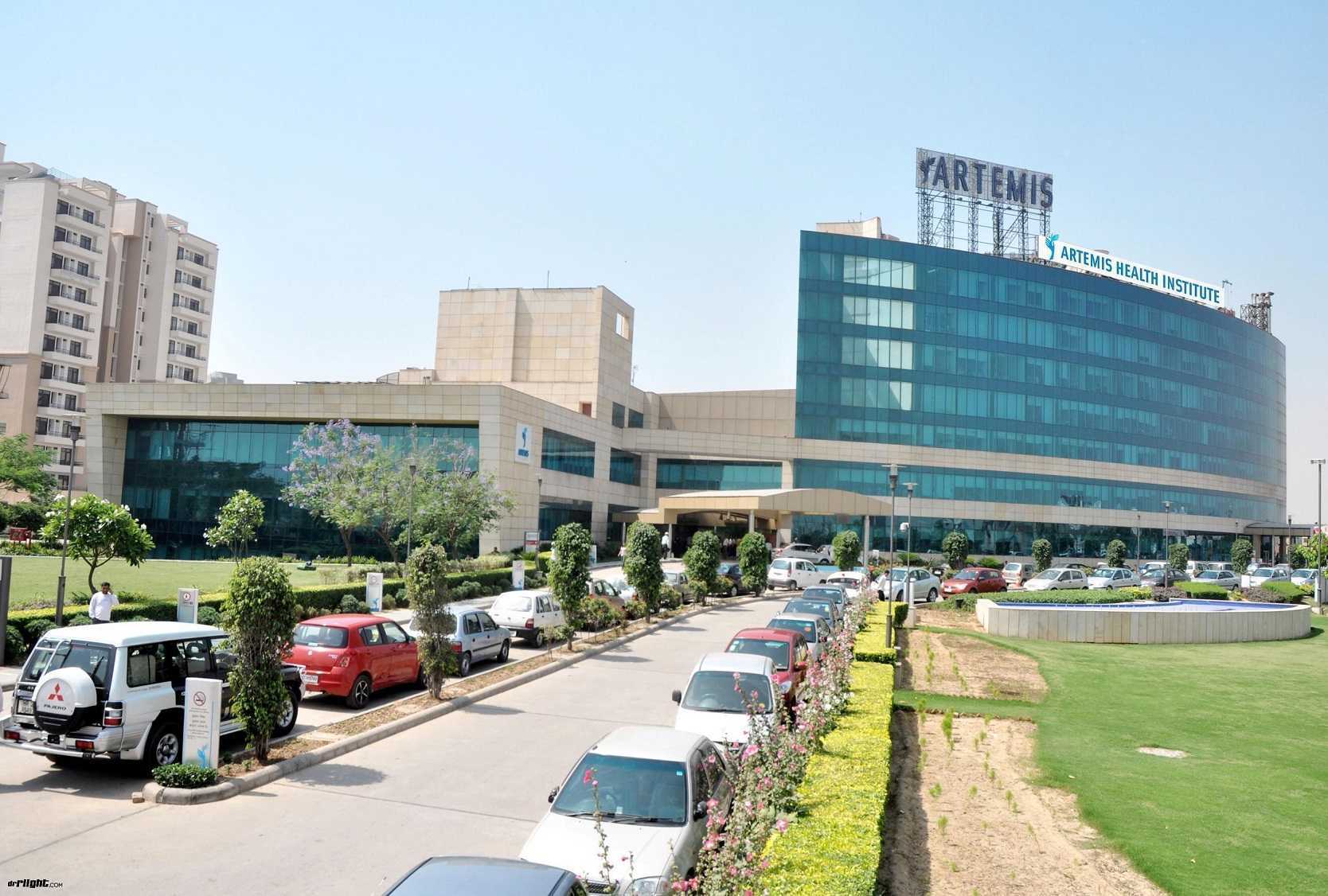Why Does Periodontitis Occur? Diagnosis and Treatment Methods
What is periodontitis? Periodontitis – is an inflammation that occurs in the mouth. Pathology provokes consistent destruction of the supporting tooth area. Periodontitis is manifested by gum redness and swelling accompanied by minor aches. If left untreated, the condition worsens and the roots of the teeth can rupture, leading to tooth loss.
The following illness types are distinguished.
- Necrotizing – gums bleed and are destroyed from the inside.
- Periodontitis caused by another disease – gum damaging is a manifestation of another pathology.
- Congenital gums deformation, eventually leading to inflammation.
Periodontitis occurrence and development causes
One of the most common met roots of periodontitis development is inadequate oral care or its complete absence. It creates a favorable environment for bacteria to multiply and accumulate on teeth in the plaque form. Among other negative factors:
- smoking and consumption of products containing tobacco;
- certain meds reducing the amount of saliva produced;
- eating low quality products;
- unbalanced diet: lack of certain substances or the predominance of fat;
- hormonal background modifications;
- genetic predisposition;
- weakened immune system that doesn’t function enough to fully protect the organism.
Symptoms
Periodontitis manifests itself in different ways. In particular, for some people symptoms appear already in the early illness stages, for some it happens with severe gums inflammation. The main signs are:
- unpleasant odor appearance from the oral cavity;
- pain when chewing;
- taste perception changes;
- bright rosy tint of gums;
- bleeding gums;
- teeth become mobile.
Diagnosis and treatment of periodontitis
Dentist performs a thorough oral cavity examination. Next, the patient is assigned an X-ray, allowing specialists to identify the possible caries presence, the gums damage degree caused by pathology and the jawbone condition.
Additionally, doctors use a dental probe to measure the gum size pocket where pus accumulates during strict inflammation. If there’s one, the dentist diagnoses the periodontitis transition to a more dangerous pathology.
Treatment
Why to treat periodontitis? It’s essential because in the initial periodontitis development stages, it can be cured through non-surgical methods, in particular, the following.
- Plaque and harder deposits removal from the tooth surface and under the gums – mainly lasers or ultrasonic drills are used.
- Grinding the roots surface helps to prevent the bacteria and their metabolic products deposition.
- Antibiotic periodontitis treatments – special meds can reduce inflammation and control infection. These can be rinsing solutions, gels, and more.
Is periodontitis serious?
If the pathology has become dangerous, it requires surgical treatment
- An incision is made on the gum, through which the dentist reduces the pocket and corrects the roots and the surface of the.
- Soft tissue transplantation. Mostly, tissues are taken from the palate and attached to the area affected by the pathology. Among other things, it allows specialists to reduce gum recession.
- If periodontitis has affected the bone and caused irreparable damage to it, bone grafting is necessary – it helps to save the tooth and initiate the natural restoration process.
- Special gel is applied to the tooth root, containing a protein found in natural tooth enamel – regeneration stimulation.









